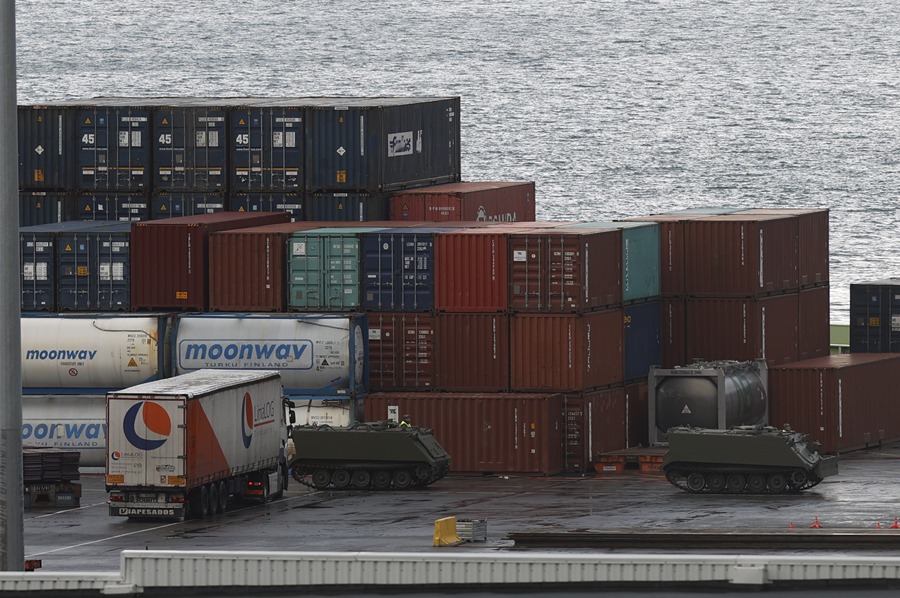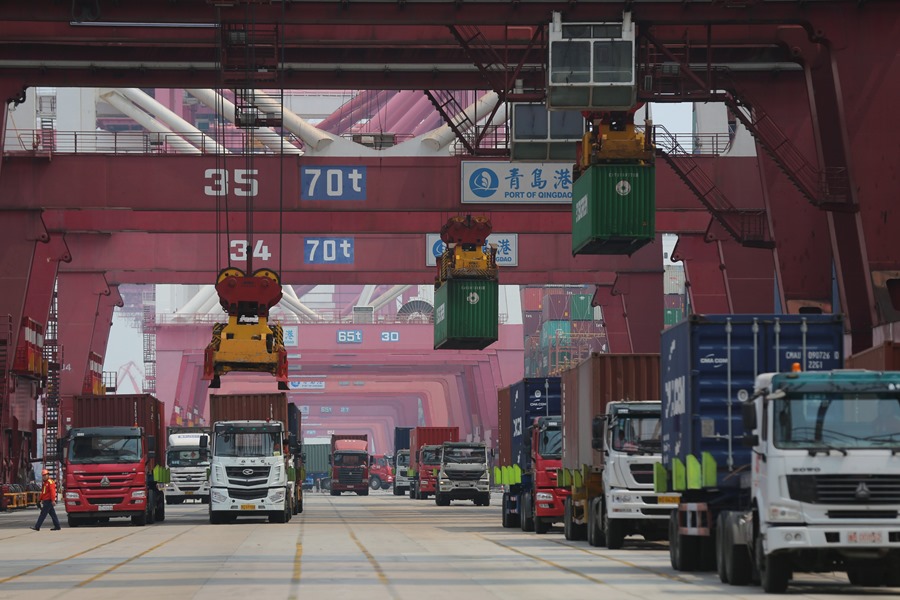Madrid (EFE).- The drop in demand and freight rates will prevent the tensions that supply chains suffered a year ago from repeating themselves next summer, due to the fact that congestion problems and bottlenecks became widespread in the main ports due to the rapid recovery of activity.
“We do not estimate that we will find ourselves with the bottlenecks experienced last summer, with waiting, cancellations or changes in routes,” Raúl González, Commercial Director of Intermodal Forwarding, a company specialized in international transport, assured in an interview with EFE. of goods.
González considers that a year later the situation is “completely different”, since the sector has been able to overcome the “unexpected” situation of the previous year, generated by the rapid recovery in demand and which caused a shortage of equipment and spaces in all routes, and an escalation of freight rates to all-time highs.
In this sense, in recent months, large-capacity ocean-going vessels ordered before the pandemic have begun to enter service and the lines have increased their container stocks, to which is added the “considerable” decrease in freight rates, returning in many routes to precovid levels.

Less load demand
In this sense, González points out that the congestion levels of the main international ports will recover the normality prior to the pandemic, largely due to the reduction in cargo demand derived from lower economic growth in the face of high inflation.
Despite the positive forecasts, González points to the main US ports -Long Beach, Los Angeles, New York or Savannah- as some of the possible areas under stress in the coming months due to the lack of carriers.
Likewise, the change in policy in China, with its reopening after years of isolation due to the pandemic, has caused a clear improvement in its most relevant ports -Xingang, Shanghai, Ningbo and Qingdao-, although the last two continue to be stressed ports.

Freight in free fall
The main reflection of the slowdown in the sector is found in the price of freight, the rates paid to the operators for transporting each container, and which for months has registered a prolonged fall caused by the high inflation that affects a large part of the planet.
“On the one hand, there is a global economic slowdown that causes demand to be falling; On the other hand, the supply of cargo is increasing as there are a greater number of ships in use and the fact that the shipping companies are optimizing the spaces on the ships”, explains González.
This is reflected in the latest Drewry World Composite Index for Containers (an indicator is prepared with the container freight rates of eight trade routes linking Asia with Europe and the US), which stood at 1,685 dollars (1,571 euros). ) Per container
This price is 78% lower than that registered in the same period of the previous year, and is light years away -84% less- from the historical record of 10,377 dollars (9,674 euros) per container registered in September 2021.
In addition, it is 37% lower than the average recorded in this same week for the last ten years, but it is still 19% above the complete average of 2019, before the pandemic broke out.
These data, which show a clear slowdown in the sector with a significant drop in the flow of merchandise, augur, according to González, the arrival of a new economic crisis, although the continued drop in freight rates, which will continue at least until the third quarter of the year, will contribute to lower world inflation.







